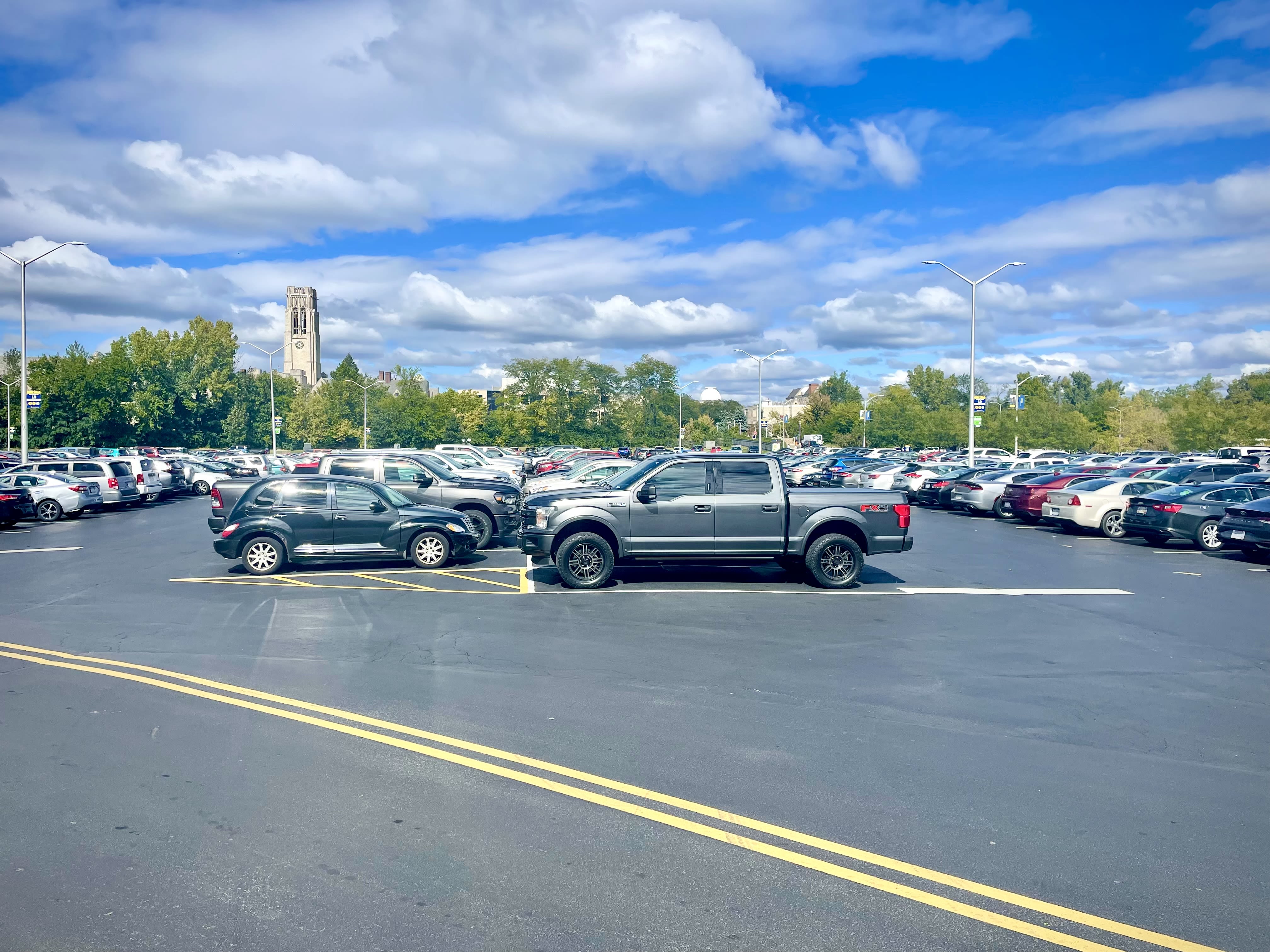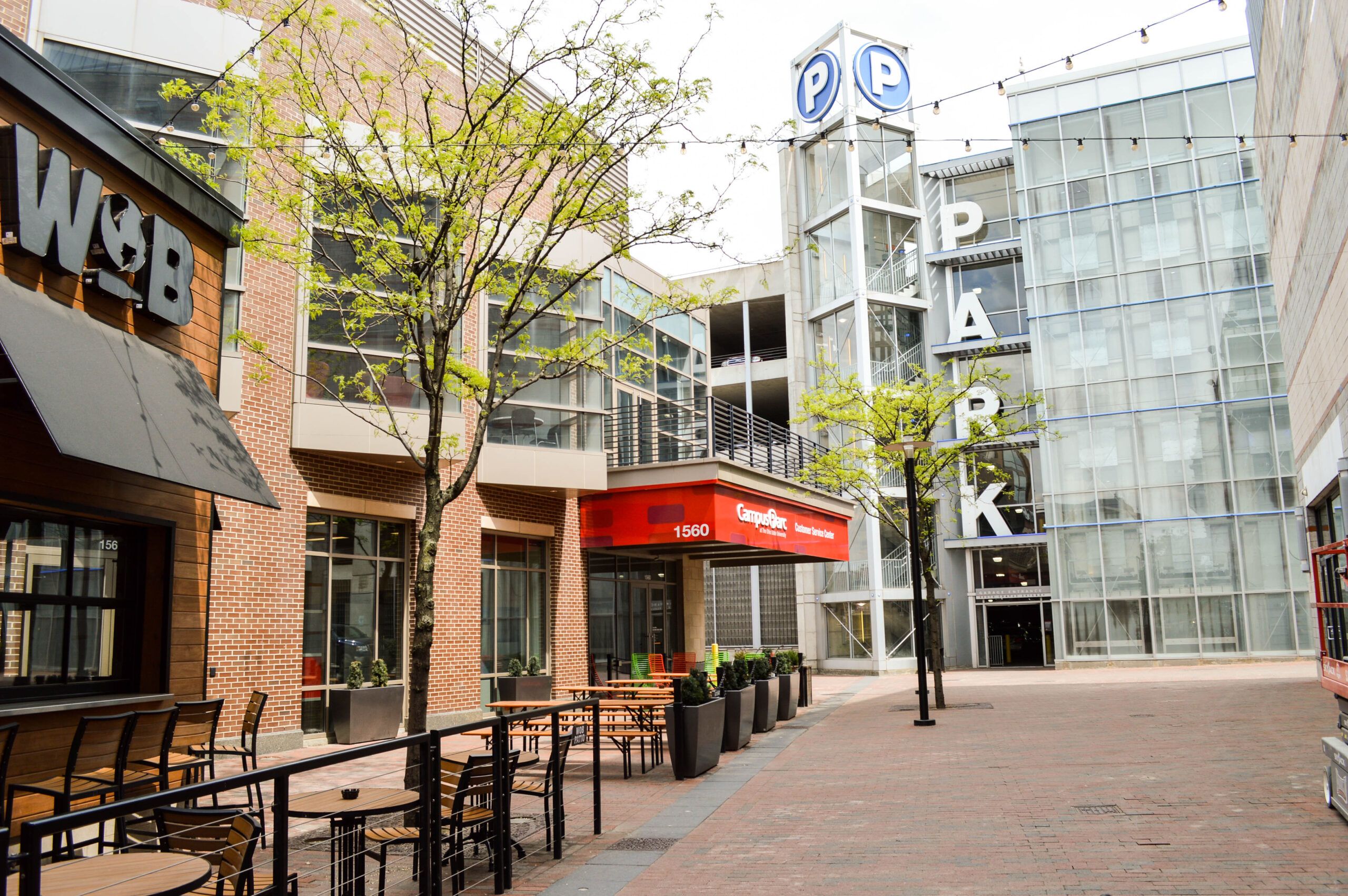Creative Capital: How Universities are Monetizing the Unseen

Universities nationwide face growing financial pressures, requiring capital not only for campus development and academic initiatives but also for balance sheet stabilization and funding reserves. Traditionally, institutions have relied on internal debt capacity, endowment funds, and philanthropic contributions to finance projects. However, as competing demands force prioritization, universities increasingly turn to Public-Private Partnerships (P3) and other innovative funding structures.
Expanding Funding Approaches
Non-core campus projects—such as gateway developments, stadiums, mixed-use retail and housing, student residences, hotels, utility upgrades, and sustainability initiatives—often benefit from alternative delivery methods like P3 agreements. However, even with P3 financing, many of these projects require direct capital or credit contributions from the university.
A growing funding strategy is the monetization of a university’s parking and mobility system. By leveraging these assets, institutions can unlock significant upfront capital and ongoing annual distributions, which can be used without restriction. This approach supports initiatives such as affordable student housing, sustainability programs, new campus infrastructure, balance sheet improvements, and funding reserves, as well as deferred maintenance and new parking construction.
Benefits of Parking Monetization
This model provides universities with financial flexibility while preserving ownership and control. Through a concession agreement, operational and lifecycle risks are transferred off the university’s balance sheet, but key management levers—such as pricing, policies, and space allocation—remain under university control. The agreement also ensures detailed reporting, including quarterly operational data and annual budgeting, and mandates that assets be returned in good condition at the end of the term.
Learning from Past Models: The Ohio State University
The Ohio State University pioneered the first parking monetization initiative in 2012 through a 50-year lease and concession agreement. The transaction yielded a lump sum of $483 million, which was invested in the university’s endowment fund. Earnings from the investment have since supported tenure-track faculty recruitment, scholarships, and campus development.
Despite the financial benefits, the profit-driven nature of this structure created tensions between the university and the concession owners. While the university retained control over pricing and land use, concerns over potential compensation claims discouraged engagement with the concessionaire. Additionally, when the initial infrastructure investment fund sold its stake for a reported $850 million, the university did not participate in the financial upside, highlighting limitations of the traditional model.
Evolving Monetization Structures
Since the OSU transaction, parking monetization strategies have evolved significantly:
- Comprehensive Access & Mobility Concessions – Agreements now encompass all campus access modes, not just parking.
- Optimized Term Lengths – Accelerating technological advancements in transportation modes have made 35-year terms more appropriate than 50-year structures.
- Non-Profit Partnership Model – Universities now engage with non-profit concessionaires, allowing them to benefit from lower-cost, tax-exempt investment-grade bonds rather than relying on higher cost equity-based financing.
Unlike prior models, this approach ensures that 100% of surplus cash flows return to the university rather than being paid out to private investors. Institutions receive an upfront capital payment and consistent annual distributions throughout the concession term.

Case Studies: University of Toledo & University of Akron
● University of Toledo (2021): In a 35-year lease, Toledo received $52.5 million upfront, which it invested in its Endowments, plus $10 million for deferred maintenance and an estimated $45 million in lifecycle capital investment. Expected surplus distributions over the term exceed $140 million.
● University of Akron (2023): Akron’s 35-year lease provided $55 million upfront, $11 million for deferred maintenance, and $61.7 million in lifecycle capital costs, with projected surplus distributions of $75 million. The university applied the initial funds toward balance sheet repair and credit rating protection.
Flexibility in Structuring Deals
Parking monetization models can be tailored to a university’s needs:
● Many large institutions use proceeds for new garage construction.
● Others for balance sheet repair or to build reserves.
● Still others use the upfront payments to fund gateway, housing and other campus development projects.
● Some opt for higher annual distributions rather than larger lump sums.
Key Advantages of the Non-Profit Concession Model
● Comprehensive Mobility Management – Expands beyond parking to all campus access modes.
● Lower Cost of Capital – Tax-exempt bonds reduce financing costs compared to equity-based models.
● Greater University Participation – Eliminates tensions related to pricing or land use changes while ensuring surplus cash flows remain within the institution.
● Preservation of Ownership & Control – The university retains governance over assets while transferring operational risks.
● Distribution of 100% of surplus cash flow – All cash flows, after debt service, are returned to the university.
Ultimately, this evolving structure provides universities with unrestricted capital, enabling them to fund critical projects, strengthen reserves, and advance strategic priorities—all without burdening their balance sheets or credit capacity.
Q. What control does the institution retain?
A. The Concession Agreement ensures that the institution retains full ownership rights. Specifically, it:
● Reserves all ownership-related rights to the institution while transferring revenue management and operational/capital risk to the concessionaire.
● Preserves institutional control over parking policy, rate setting, parking eligibility and land repurposing.
● Provides detailed reporting rights, including quarterly operational reports, annual budgets, capital asset maintenance plans (CAMP), and annual audits.
● Establishes a Parking Advisory Committee (PAC), composed of institutional staff, that meets quarterly to review performance and recommend improvements.
● Engages a non-profit concessionaire, ensuring alignment of interests with the institution and eliminating profit-driven motives.
● Ultimately, the institution retains all ownership and control rights under the concession structure.
Q. How much flexibility does this structure offer?
A. In addition to the factors outlined in this document, it must be said that:
● No two parking monetization agreements are identical.
● Each campus presents unique characteristics that influence how a deal is structured.
This non-profit model offers enhanced flexibility because it lacks a profit-driven agenda. Rather than applying a one-size-fits-all approach, this model functions as a custom-tailored solution — designed to address the specific needs and complexities of each individual institution.
Q. What implications does a parking monetization deal have on an institution’s credit rating?
A. The debt incurred by the concessionaire is structured as non-recourse, off-balance-sheet financing:
● It is not institutional debt, although the transaction will be noted in its financial statements.
● Credit rating agencies typically review the purpose and structure of the transaction and, in similar cases, have found it to be credit neutral.
● Underwriters consistently report no observed negative credit impacts resulting from these transactions.
For more Frequently Asked Questions visit: DiogenesCapital.com.
This content was paid for and created by Diogenes Capital. The editorial staff of The Chronicle had no role in its preparation. Find out more about paid content.





